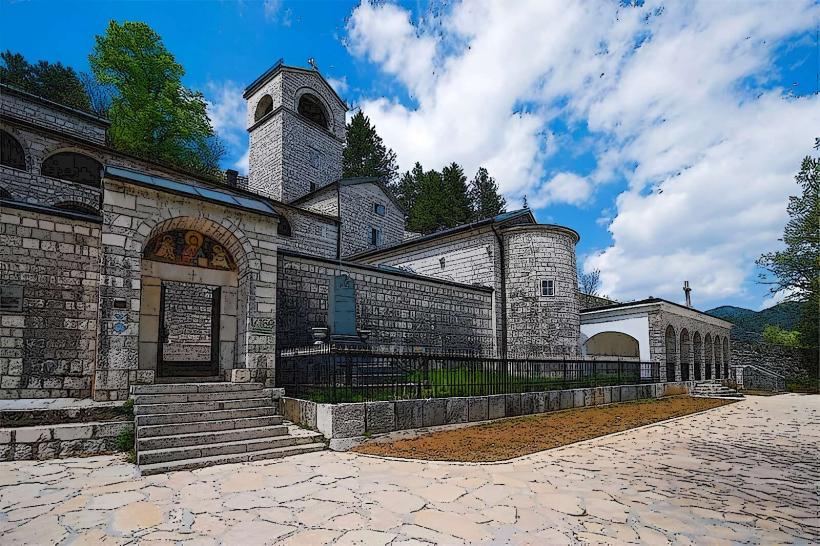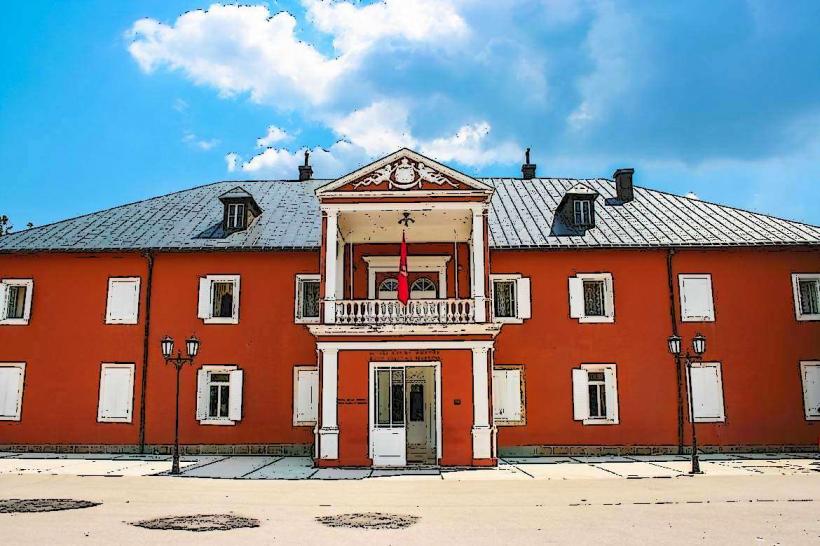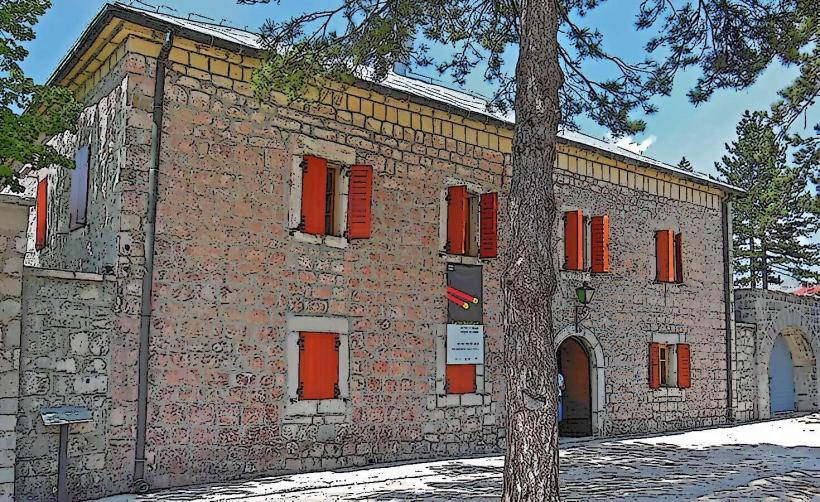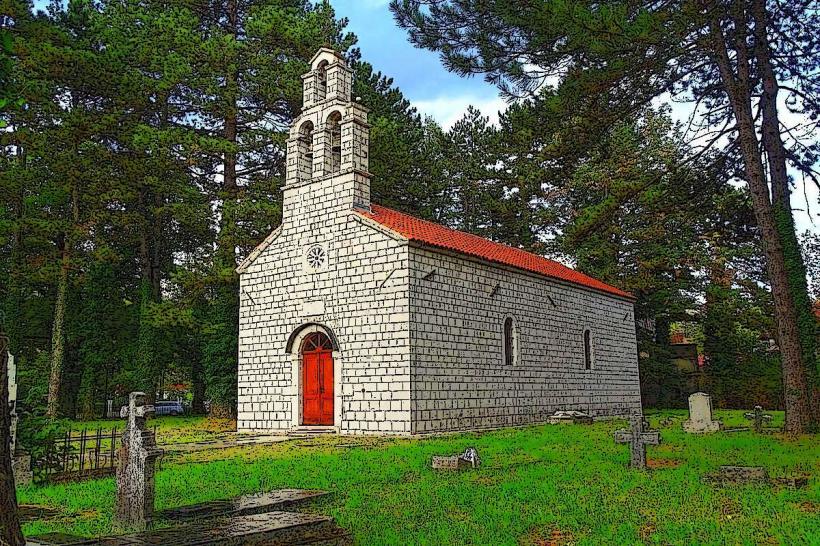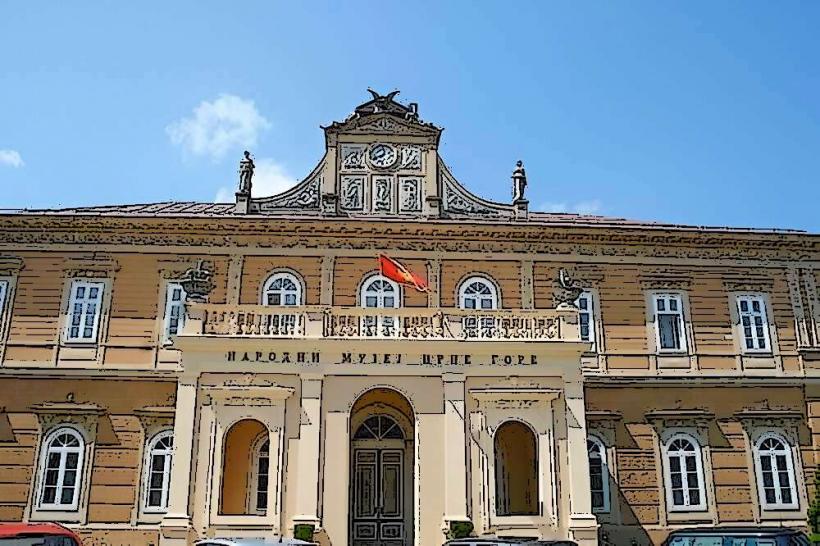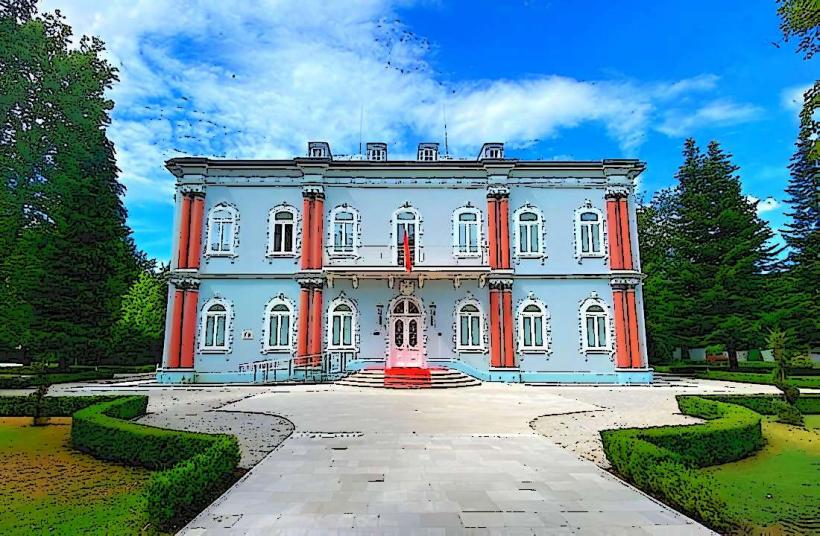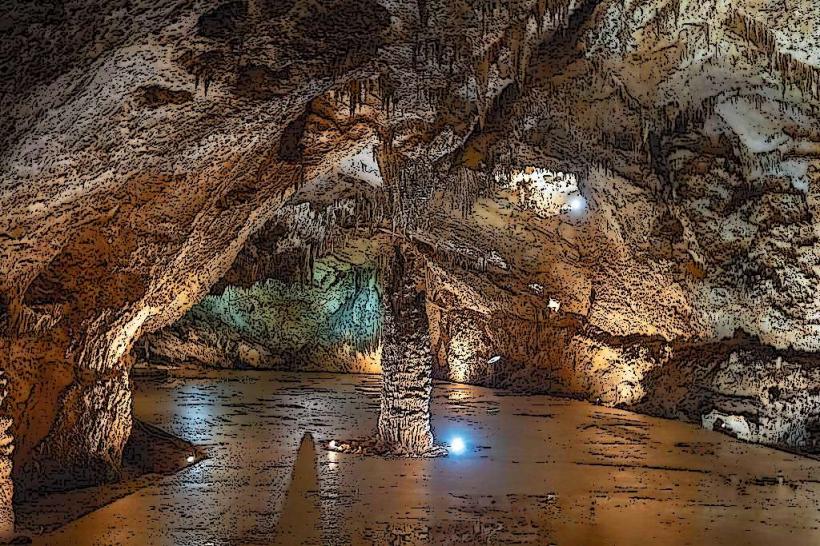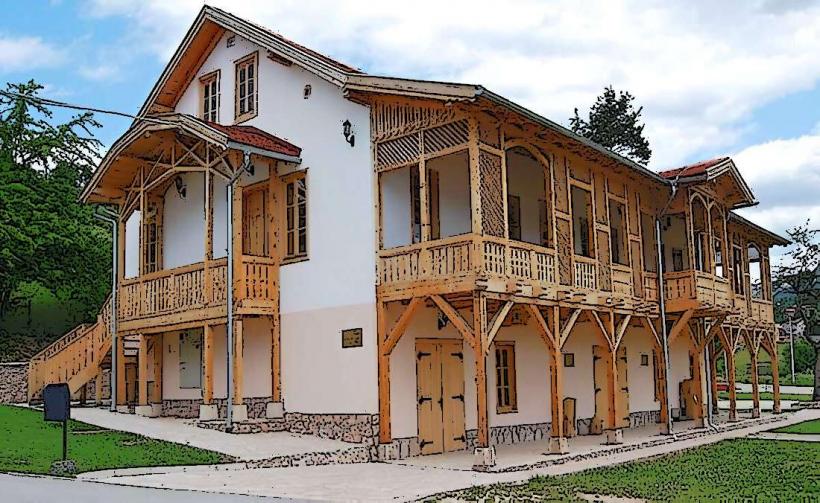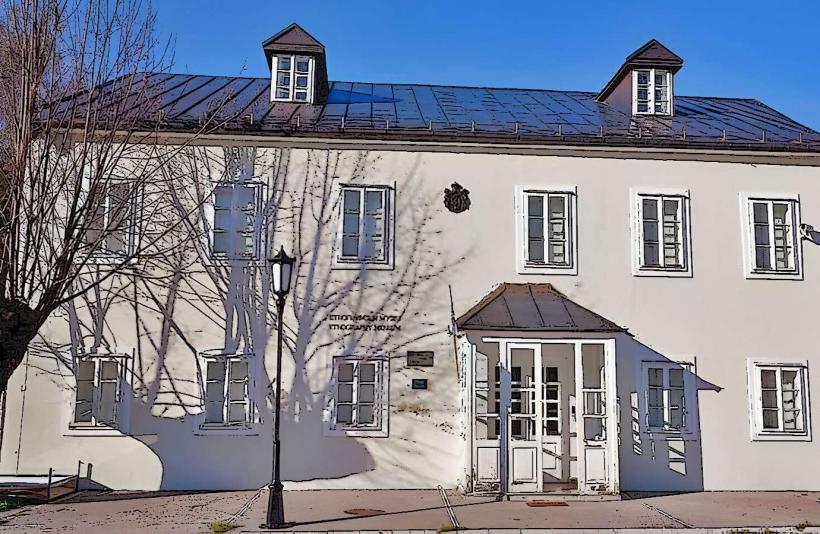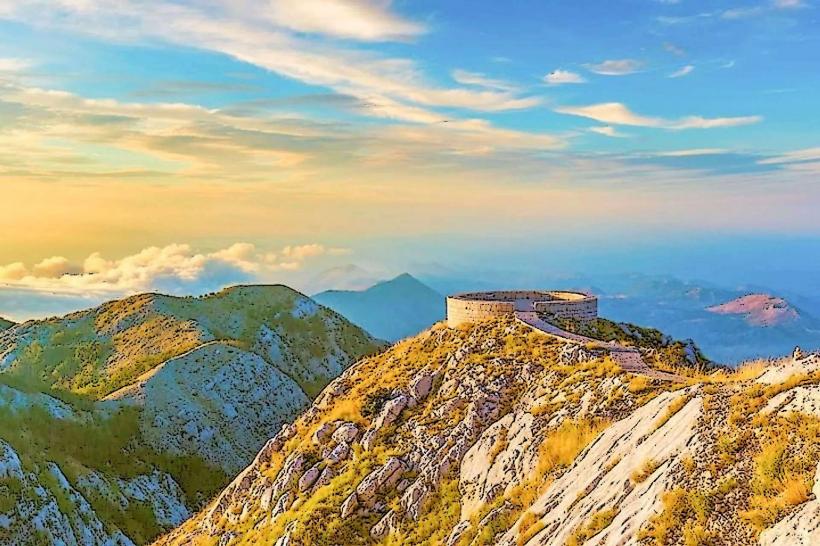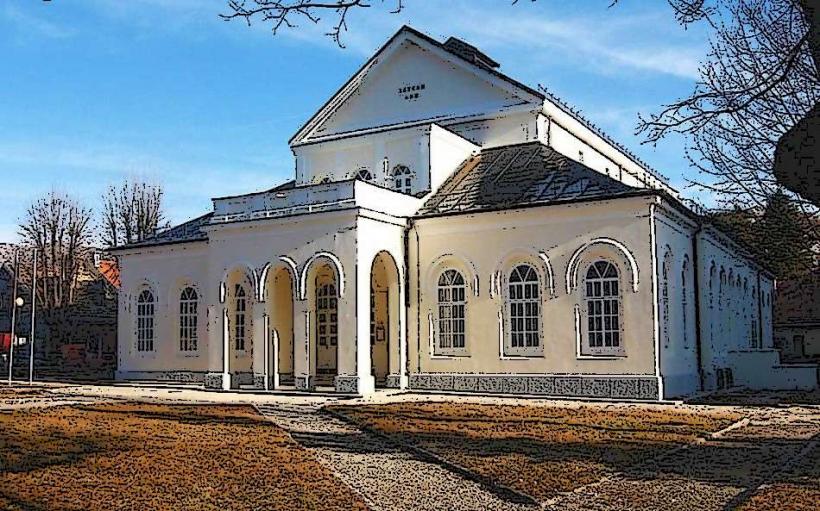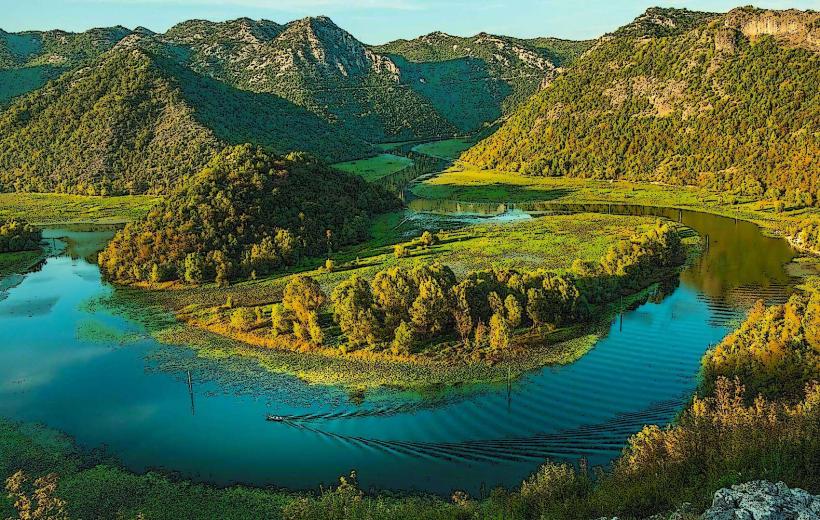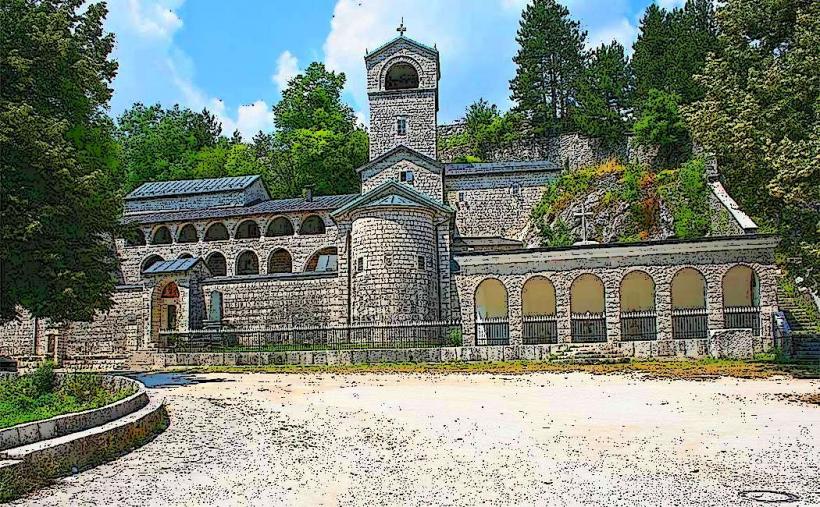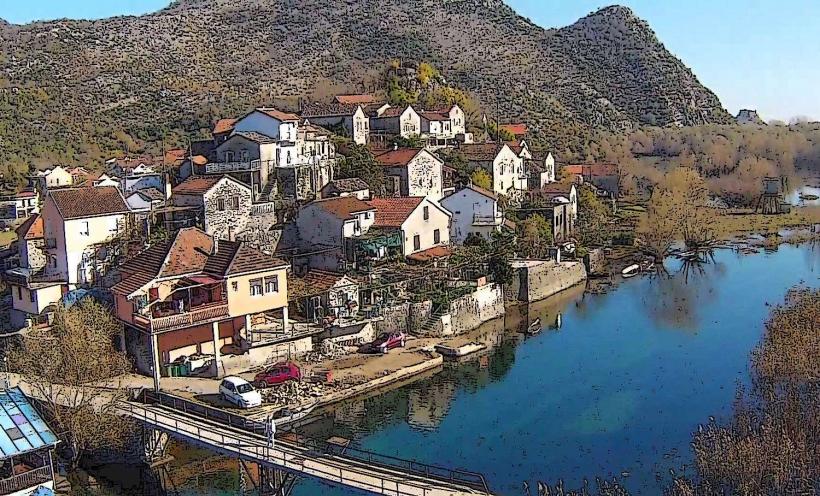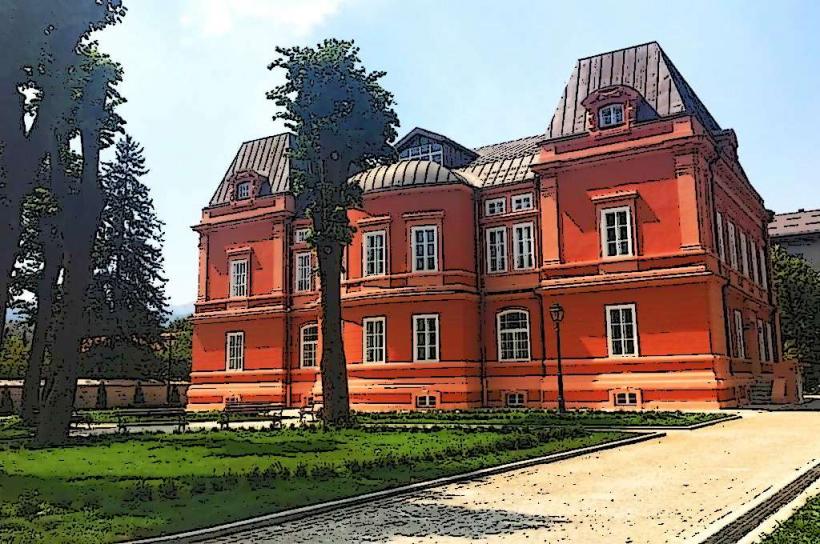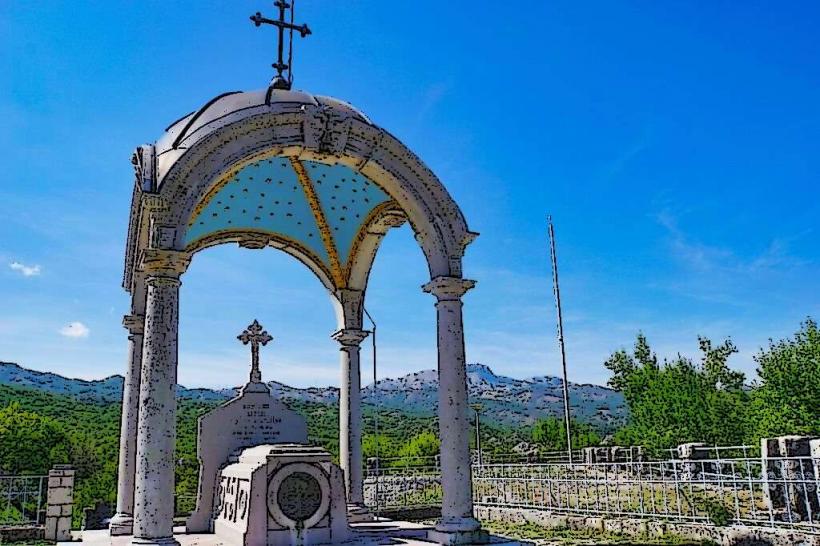Information
Landmark: Njegoš MausoleumCity: Cetinje
Country: Montenegro
Continent: Europe
The Njegoš Mausoleum is one of Montenegro's most significant and iconic landmarks, located atop Mount Lovćen in Lovćen National Park. This mausoleum honors Petar II Petrović-Njegoš, one of the most important figures in Montenegrin history. The site offers breathtaking views and a deep connection to Montenegro's cultural and historical heritage.
Overview of the Njegoš Mausoleum
Location: The mausoleum is located at an altitude of 1,657 meters (5,436 feet) on Mount Lovćen, within Lovćen National Park in southwestern Montenegro. The mountain is considered a national symbol and is a prominent feature in Montenegrin culture and history.
Historical Significance: The Njegoš Mausoleum is dedicated to Petar II Petrović-Njegoš (1813–1851), a prince-bishop, poet, and philosopher who played a vital role in the political and spiritual life of Montenegro. He is best known for his work "Gorski vijenac" ("The Mountain Wreath"), a literary masterpiece that has been considered one of the most important works in Montenegrin and Serbian literature.
Design and Architecture: The mausoleum was designed by the Croatian architect Andrija Mutnjaković and was built between 1970 and 1974. It combines elements of modern architecture with traditional features, and it is an impressive structure, blending harmoniously with the rugged landscape of Mount Lovćen.
Key Features of the Njegoš Mausoleum
The Mausoleum Building: The mausoleum itself is a stunning architectural monument, constructed with granite and marble. It features a dome that reaches a height of 28 meters (92 feet) and houses the tomb of Njegoš. Inside, there is a bronze statue of Njegoš, depicting him sitting on a throne, and the tomb is placed beneath the statue, surrounded by walls adorned with intricate carvings and inscriptions.
The Viewpoint: The mausoleum is perched on the summit of Mount Lovćen, offering panoramic views of the surrounding mountains, valleys, and the Adriatic Sea in the distance. The location is particularly stunning, with steep cliffs and rocky terrain adding to its majestic presence. The views from here are one of the highlights of the visit, and visitors often describe the area as one of the most breathtaking in the entire country.
Monument to Njegoš’s Legacy: Petar II Petrović-Njegoš is highly revered in Montenegro for his contributions to the country’s independence and identity. The mausoleum serves not only as his final resting place but also as a symbol of Montenegrin unity, history, and resilience.
Steps Leading to the Mausoleum: To reach the mausoleum, visitors must climb a set of 461 stone steps. The journey up the mountain can be physically demanding, but it offers a symbolic connection to Njegoš’s own life and the difficult struggles Montenegrins faced for their independence. The climb is part of the experience, offering stunning vistas along the way.
The Memorial: Adjacent to the mausoleum is a memorial area that includes plaques and inscriptions detailing Njegoš’s life, work, and impact on Montenegrin culture and politics. This section serves to educate visitors about the historical context and significance of the mausoleum.
Visiting the Njegoš Mausoleum
Access: To reach the mausoleum, visitors can drive to the Lovćen National Park and then either hike or take a short walk to the summit. There is a parking area near the base, and from there, visitors can start their climb up the stone steps to the mausoleum. For those who prefer a more leisurely visit, there are also organized tours.
Opening Hours: The mausoleum is generally open to visitors year-round, although the best time to visit is during the spring and summer months when the weather is more favorable for hiking and outdoor activities. The mausoleum is open daily, and the entrance fee is modest, with discounts available for students and groups.
Guided Tours: Visitors can opt for a guided tour, where a knowledgeable guide will explain the history of Njegoš, the mausoleum’s construction, and the surrounding natural landscape. Guided tours often provide in-depth insights into the cultural and historical significance of the site.
Cultural and National Importance
Symbol of Montenegrin Identity: The mausoleum is one of Montenegro’s most important national symbols. Petar II Petrović-Njegoš is considered a founding figure of modern Montenegro, and his mausoleum stands as a symbol of the country's struggle for independence, freedom, and sovereignty.
Lovćen National Park: The mausoleum is located within Lovćen National Park, an area of natural beauty that covers 62,000 hectares of rugged terrain. The park is home to biodiversity, including endemic plant species and a range of wildlife, and is a popular destination for outdoor activities such as hiking, birdwatching, and nature exploration.
Pilgrimage Site: The mausoleum is also a pilgrimage site for Montenegrins and others who admire Njegoš’s literary and political legacy. Many visitors come to pay homage to him and reflect on his influence on Montenegro’s identity.
Conclusion
The Njegoš Mausoleum is not just a burial site but a symbolic monument to the spirit of Montenegro. Located in one of the country’s most scenic and dramatic landscapes, it offers visitors a chance to connect with the history, culture, and natural beauty of the country. Whether you're a history enthusiast, a lover of nature, or someone interested in Montenegrin heritage, the mausoleum and its surrounding views provide a profound and memorable experience.

